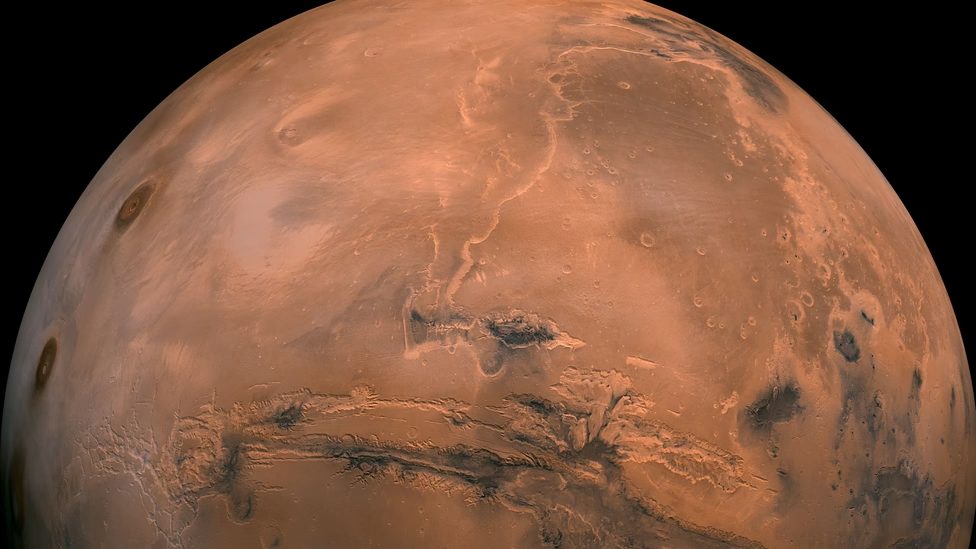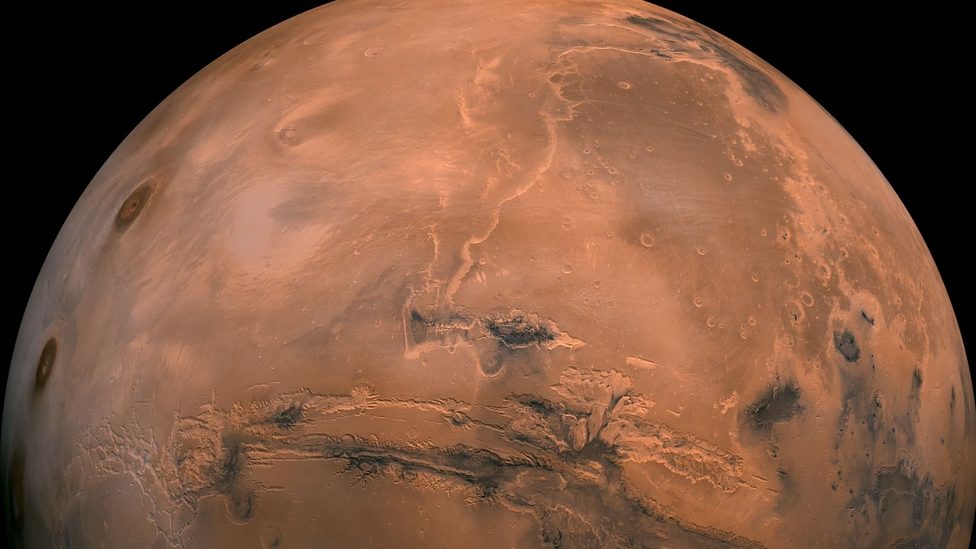
Mars is about 140 million miles away from our Pale Blue Dot. Even though it's a huge distance, it turns out that the red planet has a larger effect on our planet than we originally thought. Mars' gravitational pull significantly influences the ocean depths. Recent geological studies have revealed a surprising hidden effect of this interplanetary interaction, resulting in cyclic changes in deep ocean currents. This discovery, published in Nature Communications and led by the University of Sydney, offers a new perspective on Earth's past and future climate.
At the core of this research is the concept of an astronomical “grand cycle,” a pattern that arises from the alignment of Earth and Mars' orbits. This newly discovered 2.4 million-year rhythm, although subtle, affects our planet's climate by regulating solar radiation and temperature. Unlike the human-induced climate changes of recent history, these cycles are part of a natural order, influenced by the gravitational interaction of celestial bodies.
“We were surprised to find these 2.4-million-year cycles in our deep-sea sedimentary data,” lead author Adriana Dutkiewicz said. “There is only one way to explain them: they are linked to cycles in the interactions of Mars and Earth orbiting the Sun.”
The answer to this puzzle was deep in the sea. By analyzing sedimentary data from 293 deep-sea drill holes, Dutkiewicz and her colleagues discovered evidence of 387 sediment breaks over the past 70 million years, indicating fluctuating ocean currents. These breaks, occurring around the 2.4 million-year mark, corresponded with known warm periods in Earth's history, such as the Paleocene-Eocene Thermal Maximum. This alignment suggests a potential link between the gravitational impact of Mars and changes in Earth's climate.
The study challenges common beliefs about the behavior of the ocean as the planet warms, indicating a more dynamic scenario. Warmer climates seem to stir the deep ocean into greater activity, countering the feared stagnation that might result from a slowdown in the Atlantic Meridional Overturning Circulation (AMOC). The AMOC circulates water from north to south and back in a long cycle within the Atlantic Ocean.
“We know there are at least two separate mechanisms that contribute to the vigor of deep-water mixing in the oceans,” said co-author Dietmar Müller, also from the University of Sydney. “AMOC is one of them, but deep ocean eddies seem to play an important role in warm climates for keeping the ocean ventilated. Of course, this would not have the same effect as AMOC in terms of transporting water masses from low to high latitudes and vice-versa.”
Despite its distant orbit and modest size, this study reveals that Mars has a surprisingly significant impact on Earth's climate, potentially generating “giant whirlpools” — at least every couple of millions of years.
“Our deep-sea data spanning 65 million years suggest that warmer oceans have more vigorous deep circulation. This will potentially keep the ocean from becoming stagnant even if Atlantic Meridional Overturning Circulation slows or stops altogether,” said Dutkiewicz.
Was this useful?
Related Articles
- The biggest structure in the Milky Way is a large undulating wave
- Number of exoplanets discovered surpasses 5,000
- Seismic waves uncover the secrets of Mars’ inner core composition
- This Japanese firm aims to fuel rockets with cow manure









